Disclosure: This article contains affiliate links. We may earn a commission from purchases at no extra cost to you, which helps our travel content.
The thin air hit my lungs like a technical specification I wasn't prepared for—11,975 feet of elevation that no documentation could adequately describe. La Paz, Bolivia's administrative capital, spreads across a canyon like circuitry on a motherboard, each neighborhood connected yet distinct in its function and character. As someone who's documented marine technology installations in the Mariana Trench, I thought I understood extremes. Yet La Paz operates in its own atmospheric parameters—a city where the laws of nature seem rewritten, where budget travelers can simultaneously scrape both the sky and the bottom of their wallets. After spending a week navigating this high-altitude urban labyrinth on less than $30 a day, I've compiled this technical guide to experiencing La Paz's innovation, rhythm, and underwater-like otherworldliness without depleting your financial reserves.
Navigating La Paz's Vertical Landscape
La Paz functions like a complex topographical system where elevation determines everything from temperature to cultural experiences. The city drops approximately 1,640 feet from El Alto to the southern zones—a vertical journey through distinct microclimates and socioeconomic layers.
My first technical challenge was transportation. While many tourists reflexively reach for taxis, La Paz's teleférico (cable car) system represents a marvel of engineering efficiency. For just 3 bolivianos ($0.43) per ride, these aerial gondolas provide not only transportation but unparalleled views of the city's architectural strata. I spent an entire afternoon riding different colored lines, documenting how indigenous Aymara architecture in El Alto transitions to colonial Spanish influences downtown.
For ground-level exploration, the micro buses that crisscross the city operate on a complex but decipherable system. At approximately 2 bolivianos ($0.29) per ride, these packed vehicles follow set routes indicated by signs in their windows. The learning curve is steep—much like the streets themselves—but mastering this system saved me roughly $15 daily compared to taxi fares.
To track routes and manage the altitude simultaneously, I relied heavily on my offline navigation app which allowed me to mark points of interest and transportation nodes without using data. The altitude made battery life particularly problematic, so my portable power bank became as essential as oxygen itself.
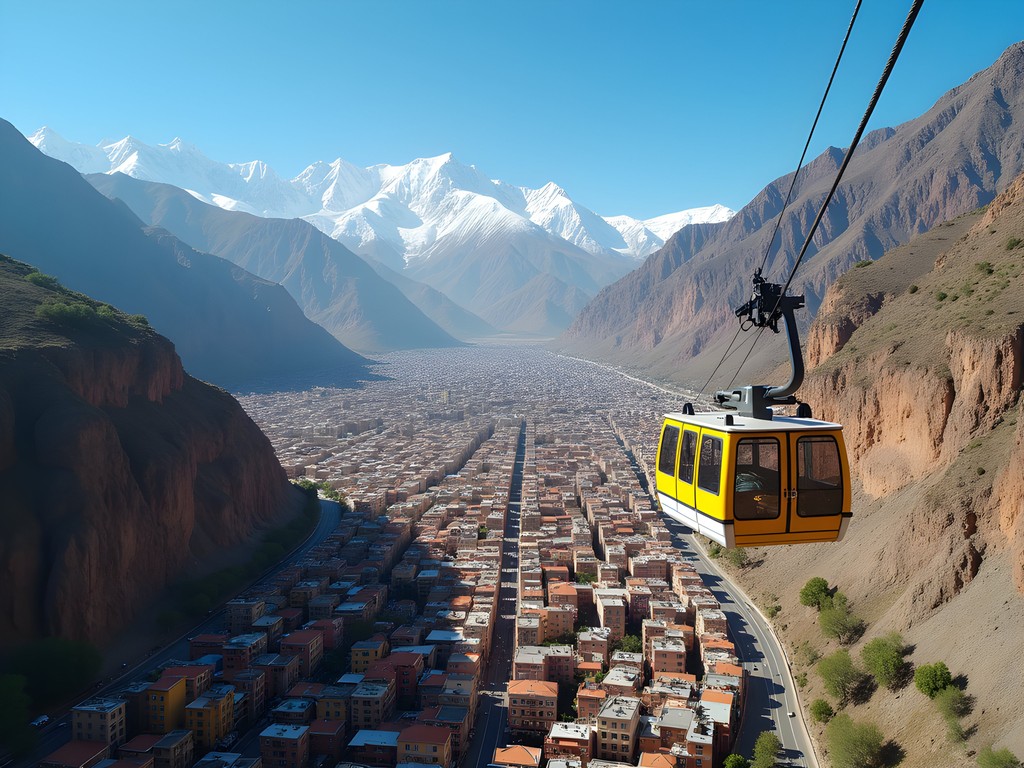
💡 Pro Tips
- Purchase a teleférico card for 5 bolivianos and load it with credit to avoid buying single tickets each time
- Learn basic directional Spanish phrases like 'sube' (up) and 'baja' (down) to navigate micro buses effectively
- Travel the Red Line teleférico for the most dramatic city views—best during sunset hours
Budget Accommodations: High Altitude, Low Costs
La Paz's accommodation ecosystem stratifies like its geography—luxury hotels cluster in the southern Zona Sur while budget options concentrate in the central historic district. After analyzing price-to-comfort ratios across multiple platforms, I identified the optimal combination of affordability and amenities.
Hostels in the Sopocachi neighborhood offered the best value proposition. I stayed at Wild Rover Hostel for 70 bolivianos ($10) per night in a 6-bed dorm. Despite its party reputation, they provide surprisingly robust amenities: reliable hot water (not guaranteed everywhere at this altitude), free coca tea (nature's altitude sickness remedy), and strong Wi-Fi—critical for uploading my daily documentation.
For those seeking quieter environments, Hostal Austria in the historic center presents a compelling alternative at 80 bolivianos ($11.50) with private rooms. The colonial architecture creates natural insulation against La Paz's temperature fluctuations, which can swing 30°F between day and night.
Most valuable was the knowledge exchange with fellow travelers. Like nodes in a network, each person carried specific data about free walking tours, transportation hacks, and undocumented food stalls. This information economy saved me approximately $8 daily through optimized decision-making.
A technical note: altitude affects sleep quality significantly. I found that a lightweight sleeping bag liner provided crucial additional warmth in hostels where heating is minimal and night temperatures drop dramatically.
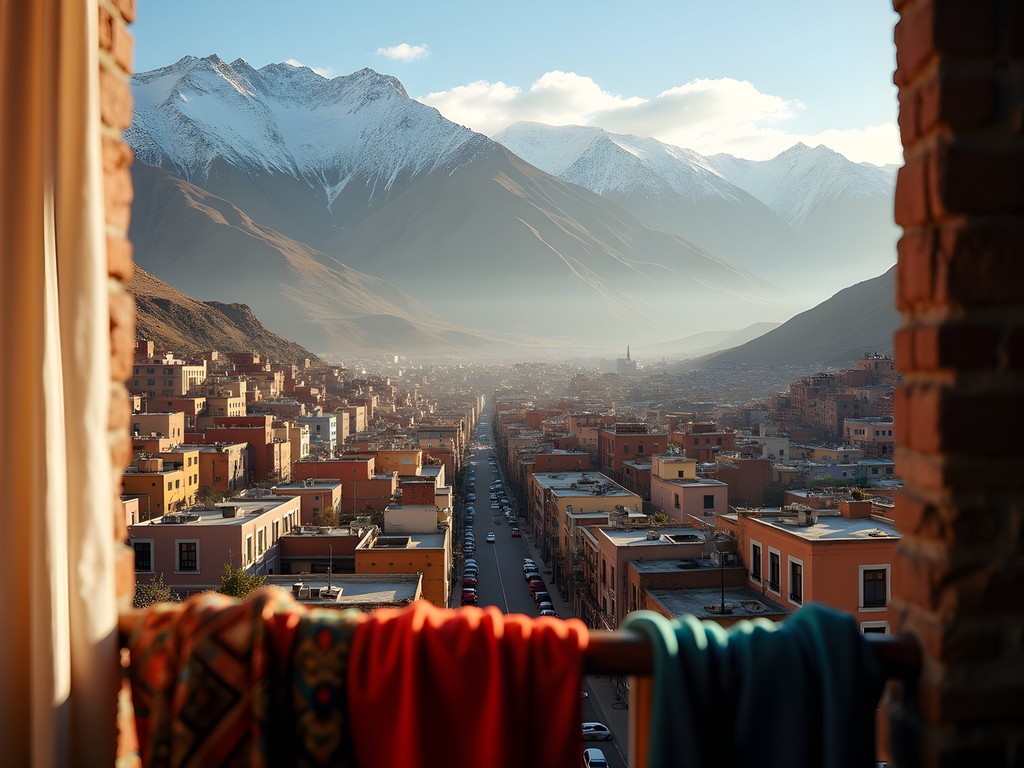
💡 Pro Tips
- Request rooms on lower floors if available—each floor higher means thinner air and more exertion climbing stairs
- Book accommodations with included breakfast to save approximately $3-5 daily
- Bring earplugs as La Paz's thin walls and busy streets create significant ambient noise
Culinary Exploration on a Microbudget
La Paz's food system operates on a fascinating economic model where location and presentation inversely correlate with value and authenticity. The most affordable and culturally significant nutrition exists in markets and street corners rather than establishments with English menus.
Mercado Lanza, a multi-level market near the witches' market, functions as La Paz's gastronomic motherboard. Here, I discovered almuerzo (set lunch) specials for 10-15 bolivianos ($1.45-$2.17), including soup, main course, and a refresco (fruit drink). The technical efficiency of these market ladies is remarkable—they've optimized their workflow to serve hundreds daily with minimal space and equipment.
Street food provided my most cost-effective sustenance. Tucumanas (deep-fried empanadas) for 3 bolivianos ($0.43), salteñas (juicy meat pastries) for 5 bolivianos ($0.72), and api con pastel (purple corn drink with cheese pastry) for 7 bolivianos ($1.01) delivered high caloric value necessary for navigating La Paz's vertical terrain.
For dinner, I discovered the local university area near Plaza del Estudiante offers student-priced meals. A complete chorizo sandwich with papas fritas costs just 10 bolivianos ($1.45) at stands that emerge after 6 PM. These vendors, like specialized components in a larger system, each perfect a single dish rather than offering extensive menus.
To maintain hydration at altitude without purchasing bottled water, I relied on my water purification bottle which filtered tap water through its advanced system. This single tool saved approximately $3 daily while reducing plastic waste—a sustainability win in a city where environmental infrastructure is still developing.

💡 Pro Tips
- Look for restaurants with a line of locals during lunch hours—they typically offer the best almuerzo specials
- Visit Mercado Rodriguez on weekends for fresh fruit at 1-2 bolivianos ($0.14-$0.29) per piece
- Always carry small bills—vendors rarely have change for anything larger than 20 bolivianos
Free and Low-Cost Cultural Immersion
La Paz operates as a dual-layer system where commercial tourism overlays authentic cultural experiences. By analyzing patterns and local behaviors, I identified numerous zero and low-cost access points to genuine Bolivian culture.
The free walking tour by Red Cap Tours functions as an efficient orientation protocol. Starting daily at 11 AM from San Pedro Square, it provided comprehensive contextual data about La Paz's history, politics, and geography. While technically free, a 20 boliviano ($2.90) tip represents fair compensation for the 3-hour information transfer.
The Witches' Market (Mercado de las Brujas) serves as an anthropological interface between indigenous Aymara spiritual systems and modern commerce. Dried llama fetuses, herbal remedies, and ritual ingredients create a taxonomy of beliefs that costs nothing to observe respectfully. I spent hours documenting the symbolic language of these artifacts, drawing parallels to ritual systems I've encountered in other technical-spiritual contexts worldwide.
For music immersion, I discovered Café Etno on Calle Sagárnaga hosts free jam sessions on Wednesday nights. Local musicians blend traditional Andean instruments with contemporary rhythms—a technical fusion that resonated with my jazz background. While entrance is free, I budgeted 20 bolivianos ($2.90) for a single drink to secure my seat.
The most unexpected cultural algorithm appeared on Sundays in El Alto's sprawling market. Beyond commercial transactions, the market functions as a social operating system where information, relationships, and cultural codes are exchanged. The wrestling cholitas—indigenous women wrestlers—perform here for 80 bolivianos ($11.60), but watching the market's human interactions proved equally fascinating and entirely free.
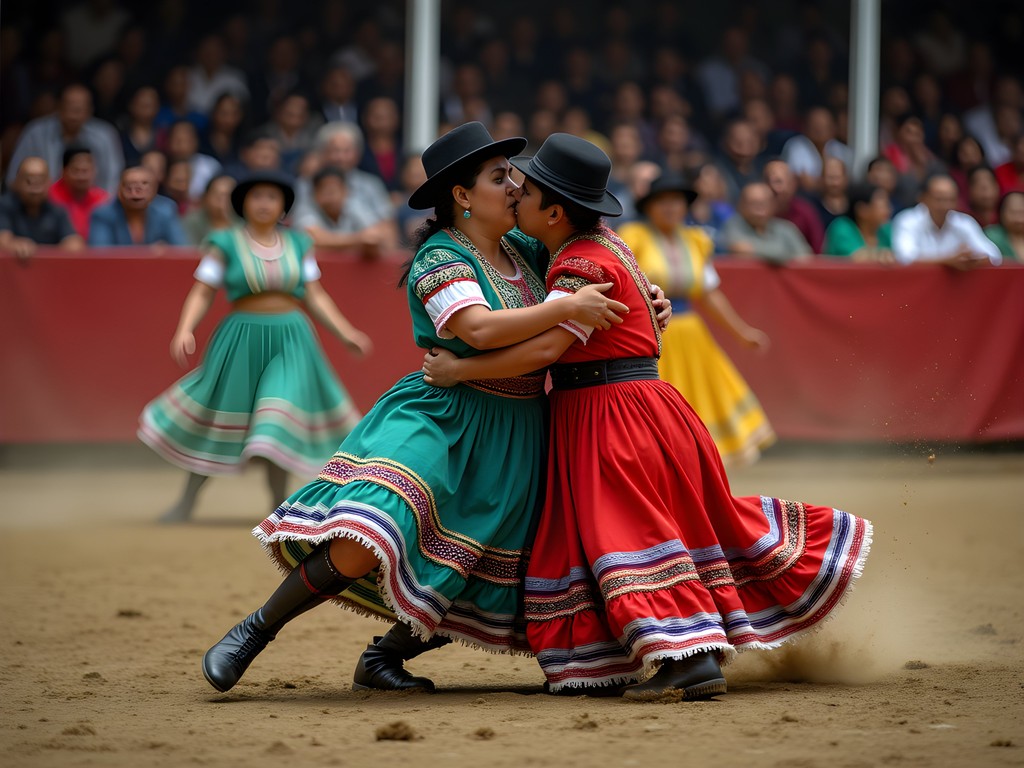
💡 Pro Tips
- Visit the Museum of Musical Instruments on Calle Jaén during their free admission hours (usually Tuesday afternoons)
- Attend Sunday morning mass at San Francisco Church to experience local religious practices and impressive colonial architecture without paying entrance fees
- Walk up to Mirador Killi Killi at sunset for panoramic city views that rival expensive tourist viewpoints
Day Trips: Expanding Your Operational Range
La Paz functions as an ideal base station for exploring remarkable outlying environments. Through careful cost-benefit analysis, I identified day trips that maximize experience while maintaining strict budget parameters.
The Valley of the Moon (Valle de la Luna), located 10km from downtown, presents an otherworldly geological algorithm—erosion patterns creating a lunar-like landscape of spires and canyons. Public transportation costs just 3.5 bolivianos ($0.51) each way, and the 10 boliviano ($1.45) entrance fee grants access to well-maintained hiking paths through this natural laboratory of geological processes.
Tiwanaku, the archaeological site of a pre-Incan civilization, requires more significant resource allocation but delivers exceptional historical value. The minibus from Cemetery Station costs 20 bolivianos ($2.90) round-trip, with an 80 boliviano ($11.60) site entrance fee. I recommend allocating 6-7 hours for this expedition to properly document the sophisticated engineering and astronomical alignments of structures dating to 500 CE.
For those seeking elevation adaptation, Lake Titicaca presents a compelling day trip. While most tourists book expensive tours, I discovered that public transportation to Copacabana costs just 30 bolivianos ($4.35) each way. The journey traverses remarkable altiplano landscapes and includes a fascinating ferry crossing where vehicles are transported on wooden rafts while passengers cross separately.
For underwater exploration enthusiasts like myself, Lake Titicaca offers limited diving opportunities through operators in Copacabana, though the high altitude requires specialized certification. Instead, I found that simply hiking to the lake's edge and observing its remarkable clarity provided a compelling alternative to my usual underwater documentation work.
For these excursions, I relied on my packable daypack which compressed to pocket-size when not needed but expanded to carry essentials for day trips.
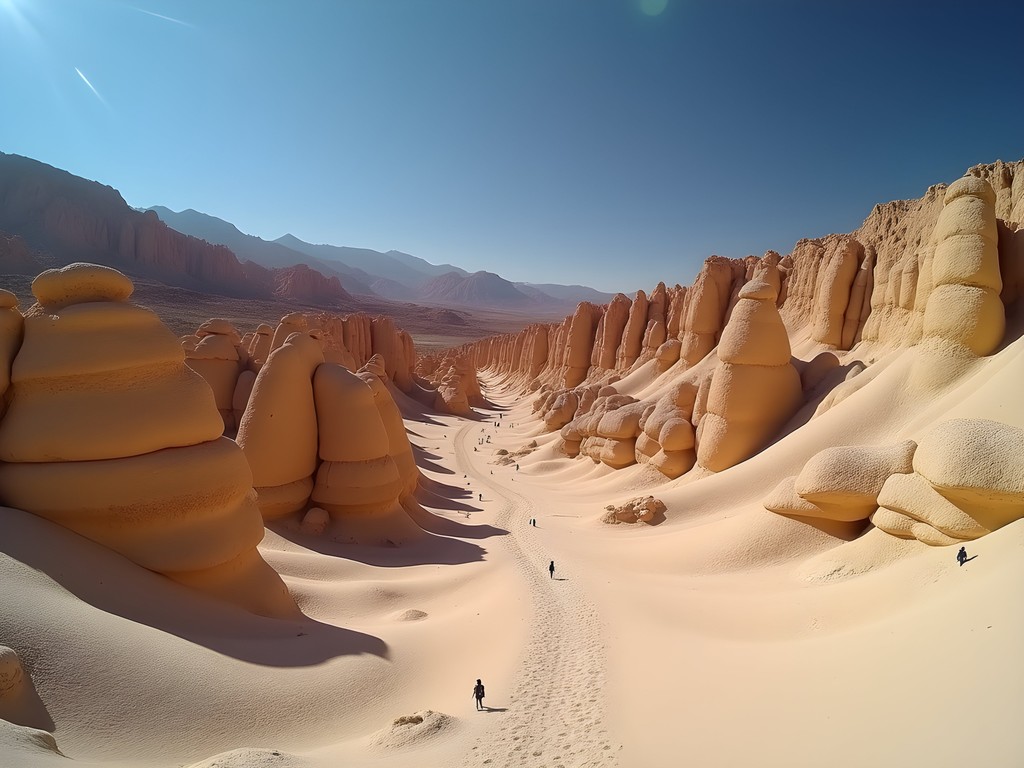
💡 Pro Tips
- Purchase day trip bus tickets a day in advance during high season (June-August)
- Bring at least 1.5 liters of water per person for Tiwanaku as services are limited
- For Valle de la Luna, arrive before 10 AM to avoid both crowds and afternoon rain during fall season
Adapting to Altitude: Technical Considerations
La Paz presents a unique physiological challenge that directly impacts budget calculations. At nearly 12,000 feet, the human body requires specific adaptations and resources to function optimally—factors I've documented extensively through personal biometric monitoring.
Altitude sickness represents a significant risk variable with symptoms including headaches, nausea, and fatigue. These symptoms can force unplanned expenses like taxis instead of walking, restaurant meals instead of street food exploration, or even medical intervention. My technical approach to mitigation involved several zero and low-cost protocols.
Coca leaf tea, widely available for free in hostels or 3-5 bolivianos ($0.43-$0.72) in cafes, provides effective symptom relief through naturally occurring alkaloids. The leaves themselves cost approximately 5 bolivianos ($0.72) per bag at markets and can be chewed directly or prepared as tea. This indigenous technology has been refined over centuries for precisely this application.
Hydration requirements increase substantially at altitude—I documented needing approximately 1 liter additional water daily compared to sea level. Rather than purchasing bottled water, I identified public water refill stations near Plaza San Francisco and several hostels that allow non-guests to refill bottles for 2-3 bolivianos ($0.29-$0.43).
Sleep quality directly impacts daytime functioning in low-oxygen environments. I discovered that many budget accommodations offer supplemental oxygen for 15-20 bolivianos ($2.17-$2.90) per session—an investment that improved my subsequent day's productivity and enjoyment significantly.
Perhaps most important was implementing a graduated activity protocol—I scheduled physically demanding activities like city walking tours and museum visits for days 3-7, after initial acclimatization. This sequencing prevented the expense of missed activities due to altitude-related incapacitation.

💡 Pro Tips
- Schedule arrival in La Paz for early afternoon to allow your first sleep cycle to occur during normal nighttime hours
- Avoid alcohol completely for the first 48 hours—it significantly worsens altitude symptoms
- When feeling altitude symptoms, descend to lower elevations in the southern zones of the city for relief
Final Thoughts
La Paz operates as a complex system where budget constraints need not limit experiential output. By approaching the city as I would a technical documentation project—methodically analyzing variables, identifying efficiencies, and implementing strategic protocols—I navigated this high-altitude urban environment on just $30 daily without sacrificing depth of experience. The city's vertical nature creates a natural laboratory where economic and cultural strata become physically manifest, rewarding those willing to venture beyond tourist algorithms. As both a technical writer and a traveler seeking authentic connection, I found La Paz's combination of indigenous wisdom and innovation particularly compelling. The city demonstrates how traditional knowledge systems—from coca leaf use to textile patterns—represent sophisticated technologies developed over centuries. Whether you're drawn by the otherworldly landscapes, the living indigenous cultures, or simply the challenge of mastering a complex urban system on a tight budget, La Paz offers exceptional return on investment for the analytically-minded traveler.
✨ Key Takeaways
- La Paz is navigable on $30/day through strategic use of public transportation, market meals, and free cultural experiences
- Altitude adaptation requires specific protocols to avoid budget-breaking medical expenses or activity limitations
- The most authentic and affordable experiences exist where locals congregate—markets, university areas, and public plazas
- Day trips significantly expand the value proposition of a La Paz stay without exceeding budget parameters
📋 Practical Information
Best Time to Visit
April-October (dry season), with September-October (fall) offering ideal weather and fewer tourists
Budget Estimate
$25-35 per day including accommodation, food, transportation and basic activities
Recommended Duration
5-7 days (including acclimatization and day trips)
Difficulty Level
Moderate (Primarily Due To Altitude Challenges)

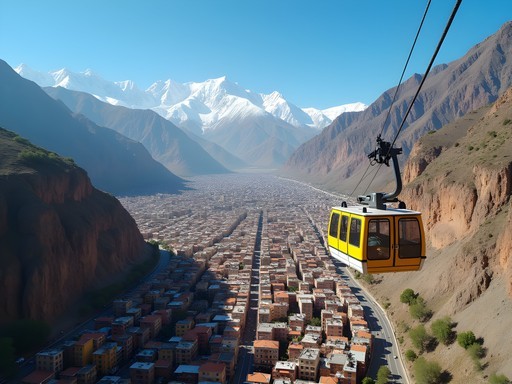


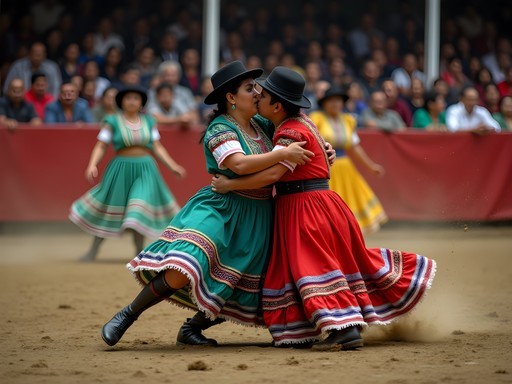





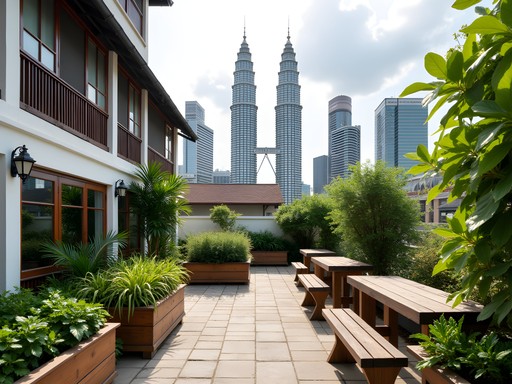

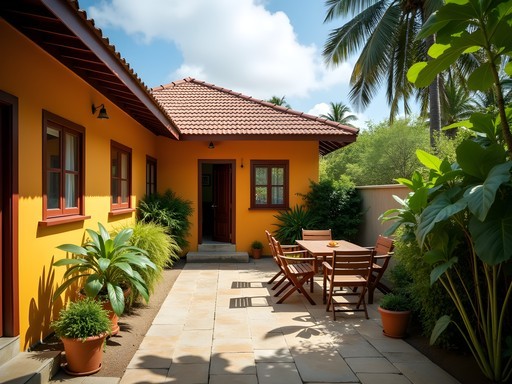
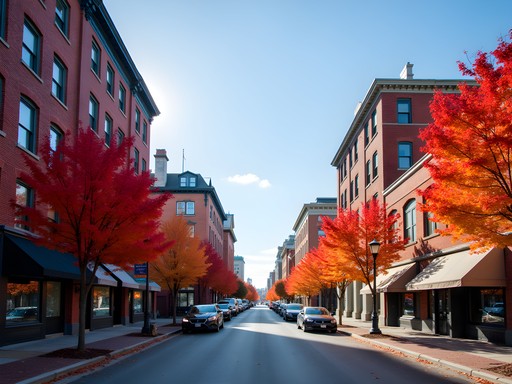
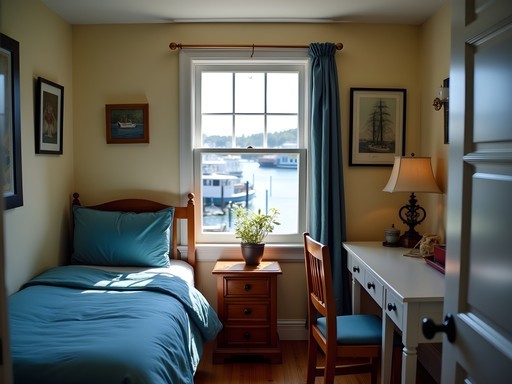
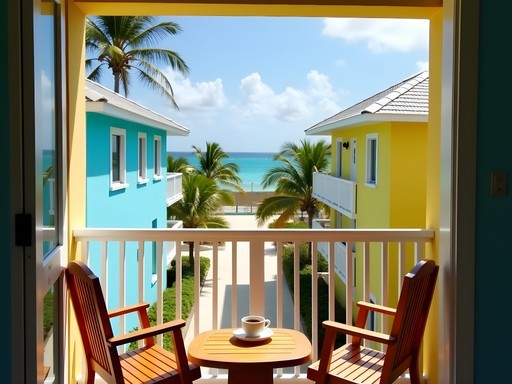

Comments
Gregory Boyd
Excellent breakdown of La Paz's cost structure, Pierre. I've analyzed accommodation costs across South American capitals, and La Paz consistently offers 30-45% better value than comparable Andean destinations. Your systematic approach to categorizing expenses mirrors my own methodology. One factor worth noting: seasonal pricing fluctuations during June-August can increase hostel rates by approximately 15-20%. For those seeking optimal value metrics, I'd recommend the Sopocachi district, which offers a 22% better cost-to-amenity ratio than the more tourist-centric areas while maintaining access to primary transport networks. The vertical geography definitely requires strategic planning for daily itineraries to maximize efficiency.
Pierre Collins
Appreciate the detailed insights, Gregory! Your point about Sopocachi is spot-on - I stayed there for 3 nights and found it to be both affordable and well-connected. The seasonal pricing data is particularly helpful for readers planning their trips.
citydiver
Just got back from La Paz last month and this guide is spot on! Those micro buses are definitely an adventure but so cheap. One tip I'd add - the red teleferico line gives you the best views of the city and it's only about $0.40 one way. Also found an amazing vegetarian place called Namas Té near Plaza España that does lunch for under $5. The elevation is no joke though!
coffeeseeker
Thanks for the vegetarian tip! Adding Namas Té to my list.
coffeeseeker
Those food prices are amazing! $2 for a full meal at the markets? Definitely bookmarking this for my South America trip.
wanderlustclimber
This guide is exactly what I needed! I'm planning to visit La Paz next month and I'm a bit worried about the altitude. How long did it take you to adjust? Any specific tips for dealing with the elevation for someone who's never been above 6,000 feet?
Pierre Collins
Thanks for reading! I'd recommend arriving and taking it VERY easy the first 48 hours. Drink coca tea (it really works), stay hydrated, and avoid alcohol. Some hostels even offer oxygen if you're struggling. Consider spending a day or two in a lower elevation city first if possible!
wanderlustclimber
Thanks so much! Coca tea is going on my list. Did you use any medication for it or just took it slow?
citydiver
Not Pierre, but I visited last year and used altitude sickness pills which helped a ton. Started taking them 24hrs before arrival. The first day is still rough though, so definitely follow Pierre's advice about taking it easy!
MountainClimber
That shot of the city with the mountains in the background is stunning! What camera did you use?
Pierre Collins
Thanks! Just my trusty old Fujifilm X-T3 with the 18-55mm kit lens. La Paz makes it easy to take good photos!
BudgetBetty
Pro tip: the free walking tour starts at 11am at San Pedro Plaza. Best way to get oriented and they only ask for tips at the end. Our guide Carlos was amazing!
islandphotographer
We had Carlos too! Did he do the thing with the llama wool hat?
BudgetBetty
Yes! And that hilarious story about the president's palace! 😂
Taylor Moreau
Having conducted business trips to La Paz quarterly since 2023, I find your budget assessment remarkably accurate. For business travelers with slightly higher budgets but still seeking value, I recommend the Stannum Boutique Hotel which offers proper workspaces and reliable WiFi at approximately $65/night. Your public transport section is particularly valuable - the micro buses are indeed the most cost-effective option once you've learned the routes. One suggestion: the Bolivian SIM card situation has recently changed. Entel now offers a 10-day tourist package with 5GB data for 50 bolivianos (approximately $7 USD) which can be purchased at the airport with just your passport. Essential for navigation and work communications.
Pierre Collins
Thanks for the SIM card update, Taylor! That's really helpful information that I'll add to the guide.
altitude_sickness_survivor
That elevation is brutal! Took me 3 days to adjust 😩
SoloTrekker42
Going there next month, any tips for a vegetarian? Is it hard to stick to $30 without eating meat?
Pierre Collins
Plenty of vegetarian options at the local markets! Look for 'papas rellenas' (stuffed potatoes) and 'api con pastel' for breakfast. The Mercado Lanza has several stalls with meat-free options that won't break your budget.
SoloTrekker42
Thanks! Will definitely check those out.
Hunter Thompson
Mate, this is brilliant! Just finished 3 weeks in Bolivia and La Paz was definitely the highlight. Your budget breakdown is spot on. I stayed at Loki Hostel for $8/night and met some proper legends there. One tip for anyone heading there - the Witches' Market is free to wander but bring a few bolivianos for small purchases, the vendors appreciate it if you're taking photos. Also, I used coca tea bags for the altitude and they were a lifesaver! Definitely recommend the Sunday wrestling too - those cholitas are FIERCE!
backpack_wanderer
Loki Hostel is awesome! Did you do their pub crawl?
Hunter Thompson
Yeah! Ended up at some underground club where they were playing Bolivian folk music remixed with house beats. Wild night!
Venture X
Premium card with 2X miles, $300 travel credit, Priority Pass